Sensory search is the new search experience now, and it transcends the borders of conventional SERPs causing SEO strategies to be adapted.
Healthcare SEO and all branches of search engine optimization in general have become more user-oriented over the years, and any amount of sophistication is welcome by Google and the major search engines. Sensory search is an example.
The capability of accessing the Internet has diversified to such an extent that text search and content are becoming fast outdated. It’s all about directly influencing sensory perceptions. Voice search is proof of that, but things have further moved into visual search.
Conversational Search Was the First Step
Conversational search was the first major revolution in the mode of search query, fueled by the fact that Google wanted users to be able to search naturally by speaking or typing out queries in a manner in which they’re talking to their friend. That revolutionized the way keywords and search terms were thought of. It also meant that content in websites had to be comprehensive enough to cater to the many semantic angles from which users would be searching or querying.
Google Picks an Answer to Come Right on the Search Page
The best or most relevant information from content-rich and popular websites is put up in the search results page itself so the reader gets the answer even without clicking a link.
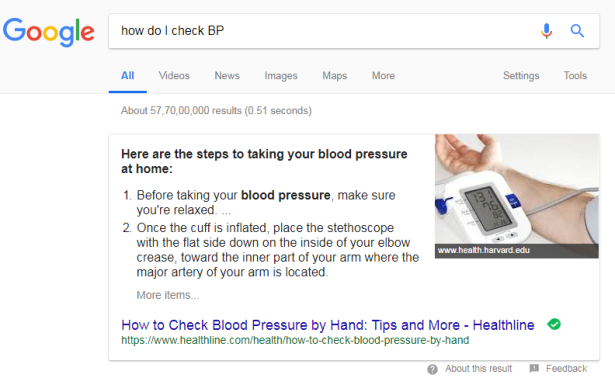
If you have great content comprehensively explaining what the reader searches for and optimized for the kind of conversational search queries people ask, that gets placed in the results. Conversational search has only made the importance of quality, relevant and comprehensive content soar further. And the pressure on content creators has increased.
From Search Results to Search Experiences
But with sensory search and visual search, the focus is also on creating interactive experiences through your website, rather than having a static website. These interactive experiences, involving images and videos, should engage your readers no matter how they access your website – from laptop, tablet or smartphone. The following image by Android Central shows mobile voice search in action.
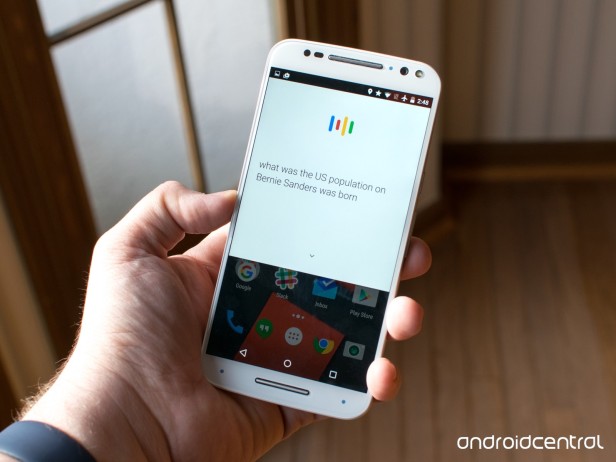
(Img source: https://www.androidcentral.com/romance-novels-are-fueling-google-apps-conversation-skills)
Research by Gartner states that brands that get their websites redesigned early for supporting voice and visual search would be able to increase their revenue from digital commerce by up to 30%. Voice and visual search enable marketers to have more meaningful engagement with their audiences through all the stages of the process by which the potential customer gets interested in your services and performs the call to action.
Smart Speakers and Connected Devices Influence Search Experience
Conventionally, digital marketing and SEO primarily involved conspicuousness in the search engines – being high up in the search rankings. Search visibility is still extremely important. But with smart speakers, other connected devices that are examples of the Internet of Things (IoT), and machine learning, a user may not search only by typing on the desktop or mobile phone. He could do a voice search on his mobile phone on the way to work or on the smart speaker at home.
Asking for stuff on the Internet changes the way the results are presented before the user. In fact, the answer is read out by the smart speaker after it detects the right and most appropriate result from the Internet data out there in the various websites. That significantly alters the conventional concept of your website figuring in the search rankings, showing up among the top listings in the SERPs when users search for relevant keywords, and then the user clicking your site to get the needed information.
Instant Information without the Need for a Search Results Page
Information is instant now, and your strategies for Internet marketing, visibility and SEO need to evolve accordingly. Machine learning algorithms now perfect search results to give searchers exactly what they need. And, with voice search, queries have become very specific, contextual and geographically relevant. Local search strategies have always been useful even in conventional SEO, and now it’s even more essential.
People won’t ask their smart speakers or mobile phones about “acupuncture treatment”. Rather, they’ll look for “where can I get acupuncture treatment nearby” or “acupuncture centers in town”. Your healthcare center or business must be optimized in Google My Business and local directories while your content is also relevant and comprehensive to cover all the potential queries that people could ask.
Sensory search, particularly incorporating voice search and visual search, could present significant scope for digital marketing. It is high time that your practice or business adapted its SEO strategies and best practices to this new kind of search experience since that’s where the opportunities lie. Conventional search marketing is gradually giving way to sensory search.
Voice Search

Voice is undoubtedly the preferred search mode for AI devices. Connected devices such as smart speakers help users when they ask those devices something. There are people who already own a Google Home or Amazon Echo smart speaker. Search Engine Land mentions a survey conducted among these users in the US and UK in which 65% of them strongly agreed that they wouldn’t want to live without their smart speakers. It’s just ingrained to their lifestyle and they find it impossible to be without it. Voice commerce sales in the US amounted to $1.8 billion last year. But a study mentioned in Search Engine Land predicts sales by voice commerce to grow all the way to $40 billion by the year 2022. So there’s so much growth to come. You don’t want to miss out on that.
Visual Search
Google has been providing the option to use an image to generate a search engine result. It could be an image or an image URL as well, for generating a SERP in the Google Images search toolbar. This is a basic example of visual search. Now things are getting more sophisticated, with the technology moving to a level where a smartphone camera becomes a search tool. So if you spot a fashionable handbag or sunglasses, just take a snap and start searching or shopping, as this example below from the visual search shopping site Slyce.it shows.
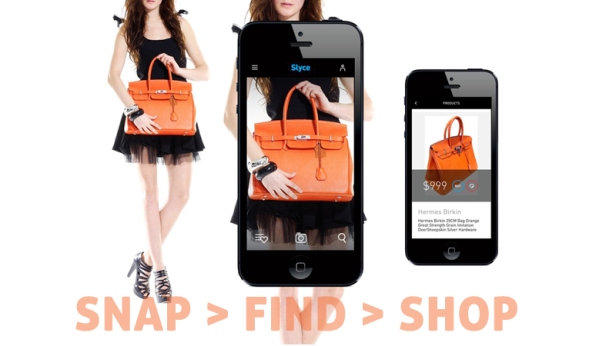
While visual search shopping is taking off with many sites such as Slyce, Ebay, Neiman Marcus, John Lewis, Shoes.com, etc. providing this feature, Google has developed a search tool that enables users to snap a pic, upload it and search for it.
Any image captured by your smartphone camera can be used to search on Google Lens.
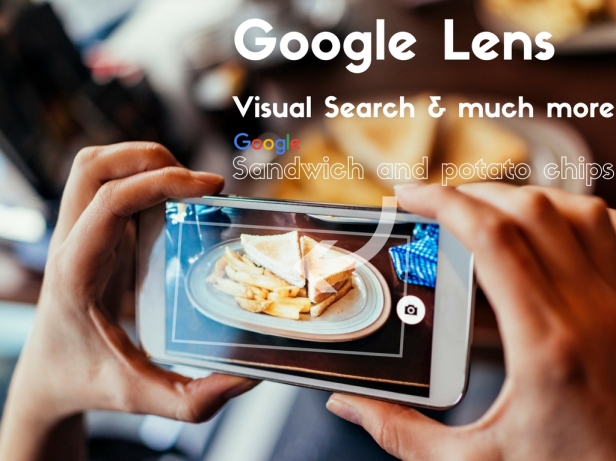
(Img source: https://guide.servify.in/what-is-google-lens/)
Along with Google Lens, you also have Pinterest Lens.
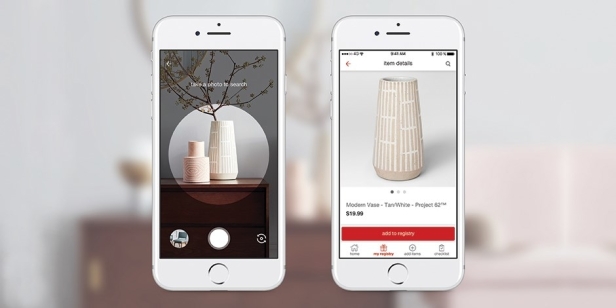
(Img source: https://www.engadget.com/2017/09/25/pinterests-lens-tech-powers-target-visual-search/)
Tech giants such as Amazon and Microsoft are all developing technologies for visual search.
The universal use of visual search is growing. Search Engine Land reports that Pinterest has more than 600 million visual searches happening each month. For 26.8% of Google searches, images are featured. That means images are super important.

This is how you make your digital marketing future proof – ensuring you are visible on sensory searches. This has a bearing on web design and medical app development as well. Voice search is already how people are finding stuff, restaurants, businesses and healthcare centers on the Internet. And visual search is getting there too. Will your business or practice be found through these sensory search mechanisms? Taking urgent steps to ensure that will keep you on the right track. An experienced healthcare digital marketing company can help you here.

